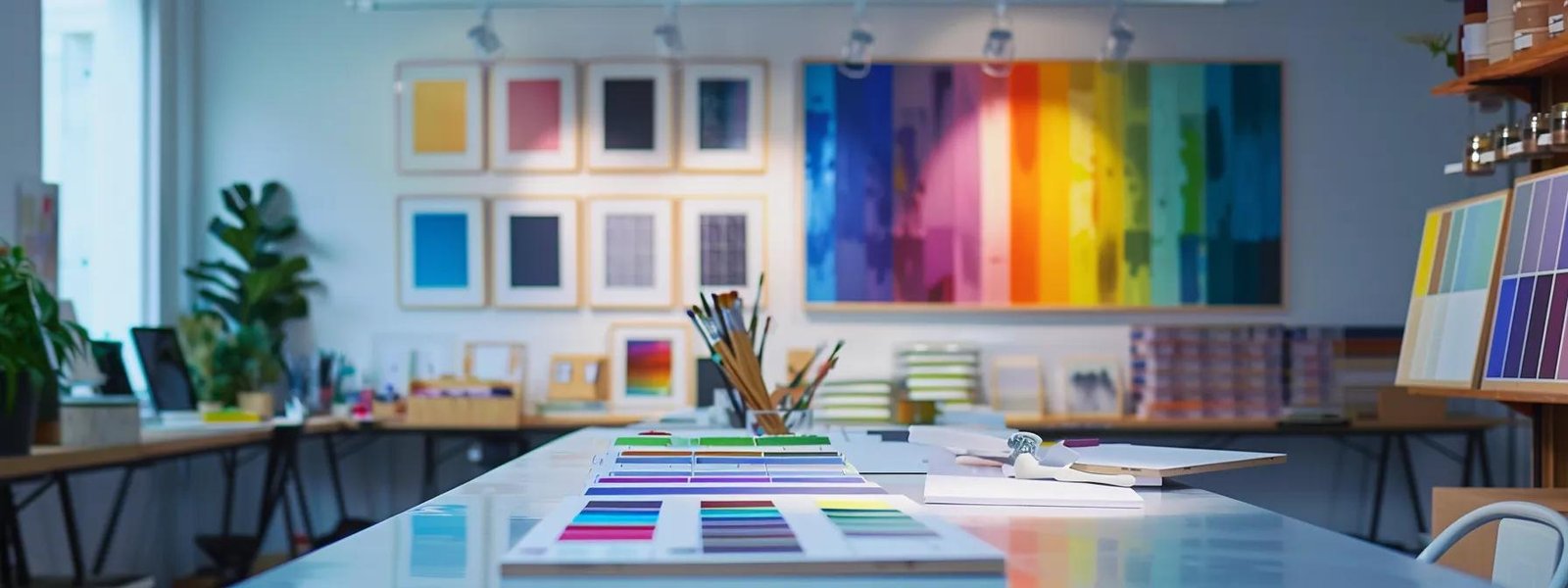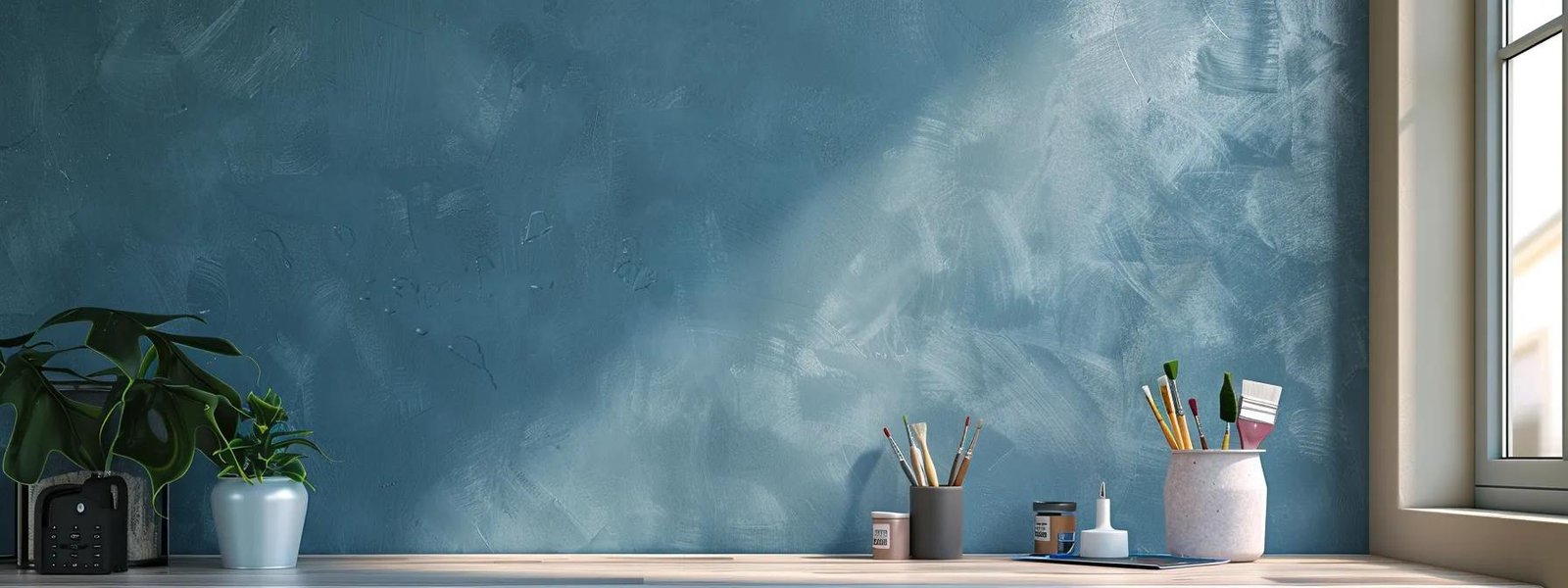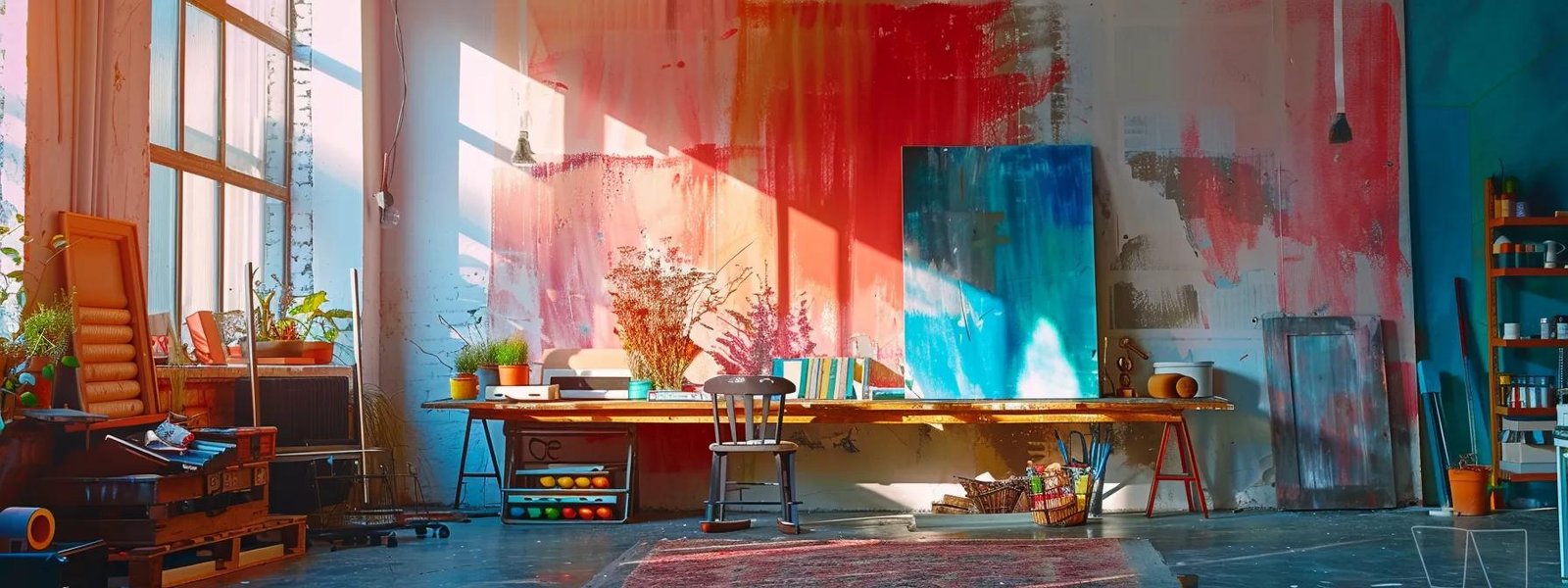Table Of Contents:
- Master DIY Interior Painting Tips for Stunning Results
- Foundational Steps for Flawless DIY Interior Painting Results
- Choosing Ideal Paints and Supplies for Your Interior Project
- Expert DIY Painting Techniques for a Smooth Application
- Attaining a Professional Look With Your DIY Interior Painting
- Addressing Common DIY Interior Painting Challenges Effectively
- Finalizing Your DIY Interior Painting for Lasting Beauty
- Frequently Asked Questions
- Final Thoughts
Master DIY Interior Painting Tips for Stunning Results
Achieving a flawless interior paint job (and considering what happens if you don t paint your house) can transform your living space and add personality to your home. This guide provides step-by-step tips and expert techniques to help you tackle your DIY painting project with confidence and precision. By following these proven strategies, you can achieve long-lasting, professional-looking results while avoiding common pitfalls.
Foundational Steps for Flawless DIY Interior Painting Results
Begin by preparing your surfaces and work environment. A solid foundation guarantees a smooth, durable finish and optimal adhesion.
Thoroughly Clean Your Walls Before Painting
Clean your walls to remove dust, grease, and dirt that can interfere with paint adhesion. Use a mild detergent solution and a sponge to scrub stained or grimy areas. Rinse thoroughly and let the walls dry completely before proceeding. This not only helps the paint bond better but also improves the final appearance.
Protect Your Space With Proper Covering Techniques
Shield furniture, floors, and fixtures with drop cloths, plastic sheeting, or old sheets. Secure these coverings with painter’s tape to prevent spills or splatters. This step minimizes cleanup and allows you to focus on painting.
Smooth Surfaces Guarantee a Better Paint Job
Smooth out imperfections with sandpaper or a sanding block. Fill holes or rough spots with a patching compound and sand the area to create an even surface. Smooth walls result in uniform color and help avoid brush marks or roller streaks.
Apply Primer for Optimal Adhesion and Color
Primer seals the surface and ensures even paint adhesion while enhancing color vibrancy. It is especially important when painting over porous surfaces or when making drastic color changes.
Gather All Necessary DIY Painting Tools
Organize essential tools such as quality brushes, rollers, painter’s tape, sanding tools, and a putty knife for minor repairs. A well-stocked toolkit allows you to transition smoothly between tasks without rushing any step.
Choosing Ideal Paints and Supplies for Your Interior Project

Selecting the right paint type and supplies sets the stage for a successful project. Use these tips to match products to your room’s specific needs for a durable finish.
Understand Different Paint Types and Finishes
Paint types like latex, oil-based, or acrylic each offer distinct advantages. For interiors, latex is popular due to its low odor and quick drying time. The finish—satin, matte, or gloss—affects durability and appearance. Satin finishes, for example, offer a slight sheen without excessive reflection, making them perfect for high-traffic areas.
Select the Perfect Color Scheme for Your Room
Choose colors that complement your interior design to enhance mood and set ambiance. Consider natural lighting and existing décor elements. Testing samples in a small area can help ensure the chosen color meets your expectations before committing to a full room.
Invest in Quality Brushes and Rollers
High-quality brushes and rollers provide better coverage and minimize brush strokes or lint. Investing in reputable brands results in smoother application and a refined finish that elevates the painted surface’s overall look.
Calculate the Right Amount of Paint to Purchase
Measure your room to determine the square footage needing coverage. Purchasing the correct amount avoids wastage and ensures sufficient product for multiple coats. Online calculators or advice from a local hardware store can help with accurate estimations.
Expert DIY Painting Techniques for a Smooth Application
The technique is vital for achieving a professional appearance. Apply these expert methods to improve the evenness and quality of your paint job.
Cut in Edges With Precision for Clean Lines
Cutting in involves painting borders and corners with a brush before rolling large areas. Use a high-quality angled brush and a steady hand to create crisp, defined edges around doorways, windows, and trim.
Maintain a Wet Edge to Avoid Lap Marks
Overlapping each stroke while the paint is still wet prevents lap marks and blending issues. Work in small sections and merge new strokes into the wet paint for a seamless finish.
Apply Thin, Even Coats for Best Coverage
Multiple thin coats provide a smoother finish compared to one thick layer. Apply each coat evenly and allow sufficient drying time between layers to prevent drips, sagging, or bubbling.
Master Rolling Techniques for Walls and Ceilings
Using a roller effectively requires steady pressure and methodical movements. Roll in a “W” or “M” pattern, then smooth with vertical strokes. For ceilings, use an extension pole and cover edges first to ensure uniform coverage.
Allow Adequate Drying Time Between Coats
Adhere to recommended drying times to prevent imperfections like cracking or uneven sheens. Typically, latex paint requires a drying period of two to four hours before applying the next coat.
Attaining a Professional Look With Your DIY Interior Painting

Your goal is a finish that rivals professional work. Careful attention during the final steps will ensure your painted surfaces look pristine.
Inspect Your Work in Different Lighting Conditions
Examine your work under various lighting—natural sunlight, incandescent, or fluorescent—to spot any inconsistencies in color or texture. This helps you identify areas needing touch-ups.
Address Drips and Smudges Immediately
While the paint is still wet, quickly smooth out drips or smudges with a clean brush or roller. Addressing imperfections immediately helps maintain a consistent finish.
Achieve Crisp Lines With Quality Painter’s Tape
Painter’s tape is essential for sharp, defined lines between contrasting colors or at trim edges. Apply the tape firmly and remove it at a slight angle while the paint is tacky for clean borders.
Ensure Consistent Color Across All Surfaces
For uniformity, use the same batch of paint throughout the project and blend leftover paint carefully before reuse. This prevents slight variations that can disrupt the design’s harmony.
Addressing Common DIY Interior Painting Challenges Effectively
Every project may face challenges. Being prepared with these solutions ensures your painting not only looks great but also endures over time.
Correcting Paint Bleed Under Tape
If paint bleeds under tape, remove it immediately and use a touch-up brush to blend the corrected area. Proper tape application pressure can often prevent this issue.
Dealing With Brush Marks or Roller Streaks
For brush marks or streaks, lightly sand the affected areas once dry and reapply a thin coat. Consistent application techniques and quality tools reduce these marks.
Fixing Bubbling or Peeling Paint Issues
Bubbling or peeling usually indicates poor surface preparation or moisture issues. Remove the affected area, sand it smooth, and reapply primer before repainting. Addressing moisture early prevents future problems.
Managing Uneven Color or Sheen
Uneven color or sheen often results from inconsistent application. Using multiple thin coats and maintaining a wet edge can help achieve a uniform finish.
Finalizing Your DIY Interior Painting for Lasting Beauty

The final stage involves proper cleanup and steps to maintain your new finish.
Properly Clean and Store Your Painting Tools
Clean brushes, rollers, and other tools immediately after the project using the recommended cleaner. Proper cleaning and storage extend the life of your tools for future projects.
Dispose of Old Paint and Materials Responsibly
Dispose of leftover paint, solvents, and contaminated materials according to local guidelines. Recycling or hazardous waste programs help protect your community and environment.
Allow Full Cure Time Before Placing Furniture
Let the paint cure fully before moving furniture or hanging decorations. Curing time, typically up to two weeks depending on conditions, ensures the finish reaches its optimum durability.
Keep Extra Paint for Future Touch-Ups
Store a small amount of leftover paint in a sealed container for touch-ups later. This helps maintain the look and protects your investment over time.
Frequently Asked Questions
Q: How do I know if my wall is properly prepped for painting?
A: Prepped walls are clean, smooth, and primed. Use sandpaper to remove residues before painting.
Q: What type of paint finish is best for high-traffic areas?
A: Satin or semi-gloss finishes are ideal due to their durability and ease of cleaning.
Q: Can I apply multiple thick coats instead of several thin ones?
A: No, multiple thin coats ensure even coverage and reduce issues like drips and streaks.
Q: How do I reduce brush marks for a smoother finish?
A: Use high-quality brushes, maintain a wet edge, and lightly sand between coats if needed.
Q: What should I do if I find uneven color after the first coat?
A: Allow the coat to dry completely, then sand lightly and apply an additional thin coat to achieve uniformity.
Final Thoughts
By following these expert tips, you can transform your interior spaces with a fresh, professional finish. Proper preparation, quality tools, and attention to detail in every step are key to achieving enduring beauty in your painting projects. Empower yourself with these proven strategies and enjoy the satisfaction of a job well done.


